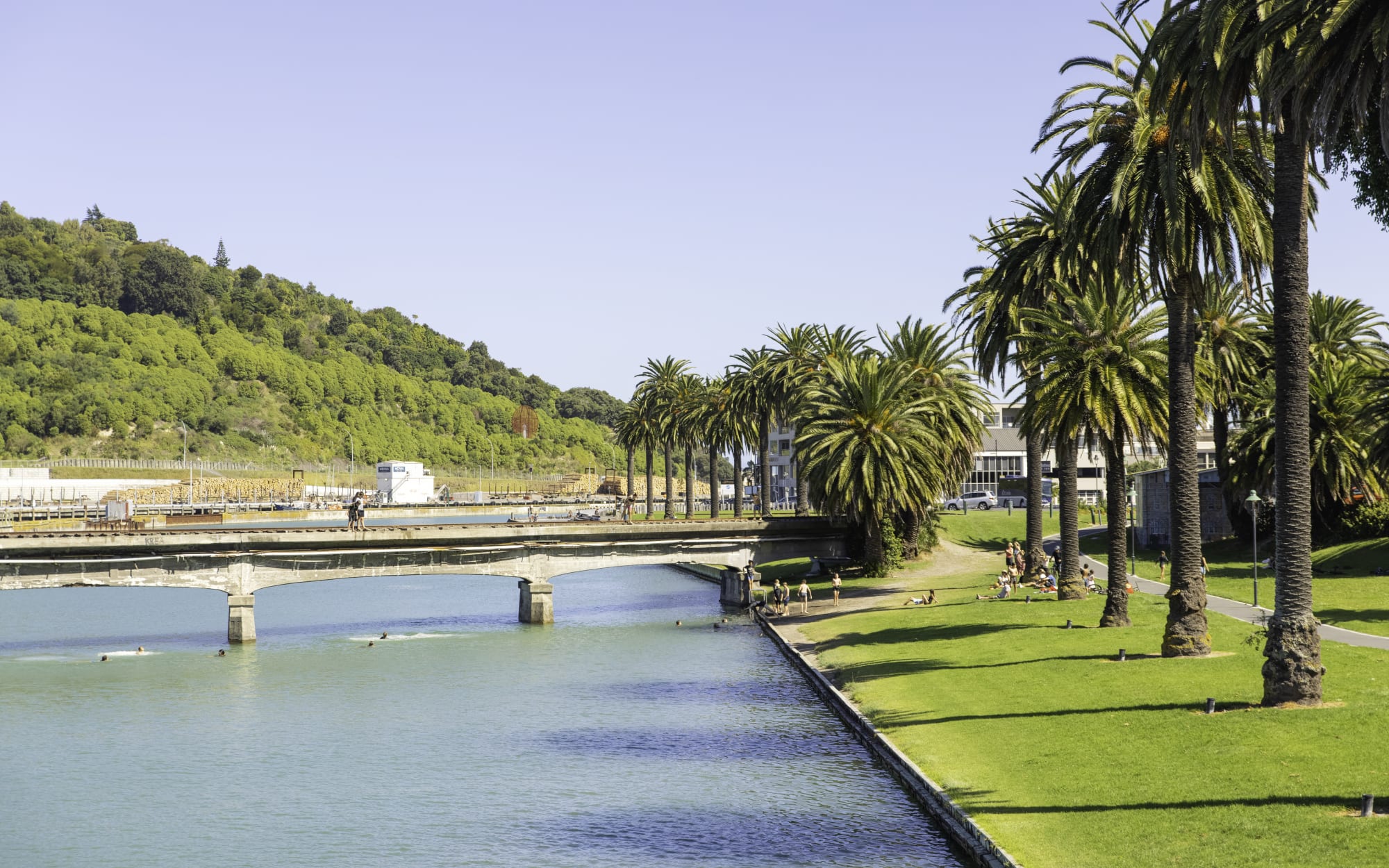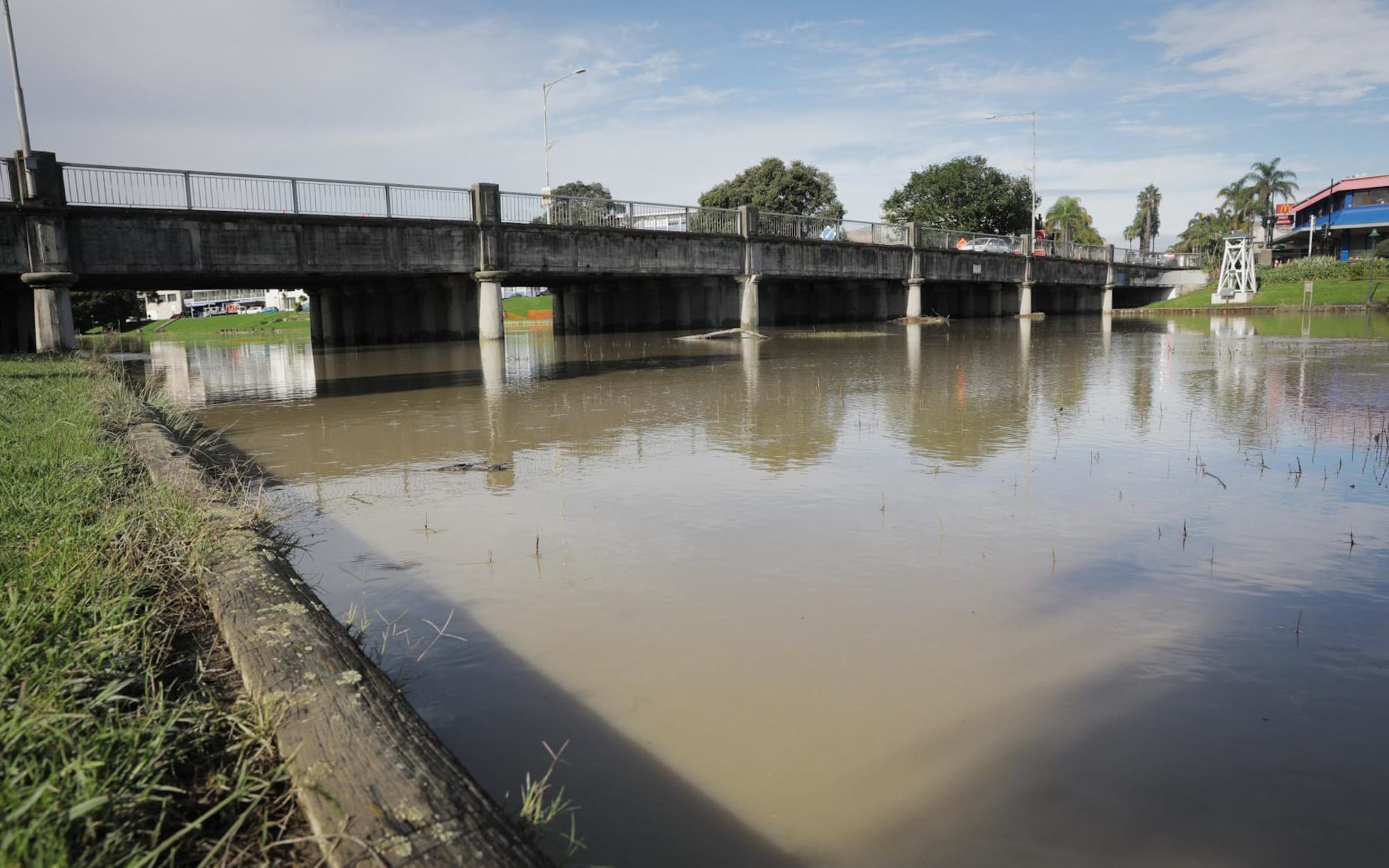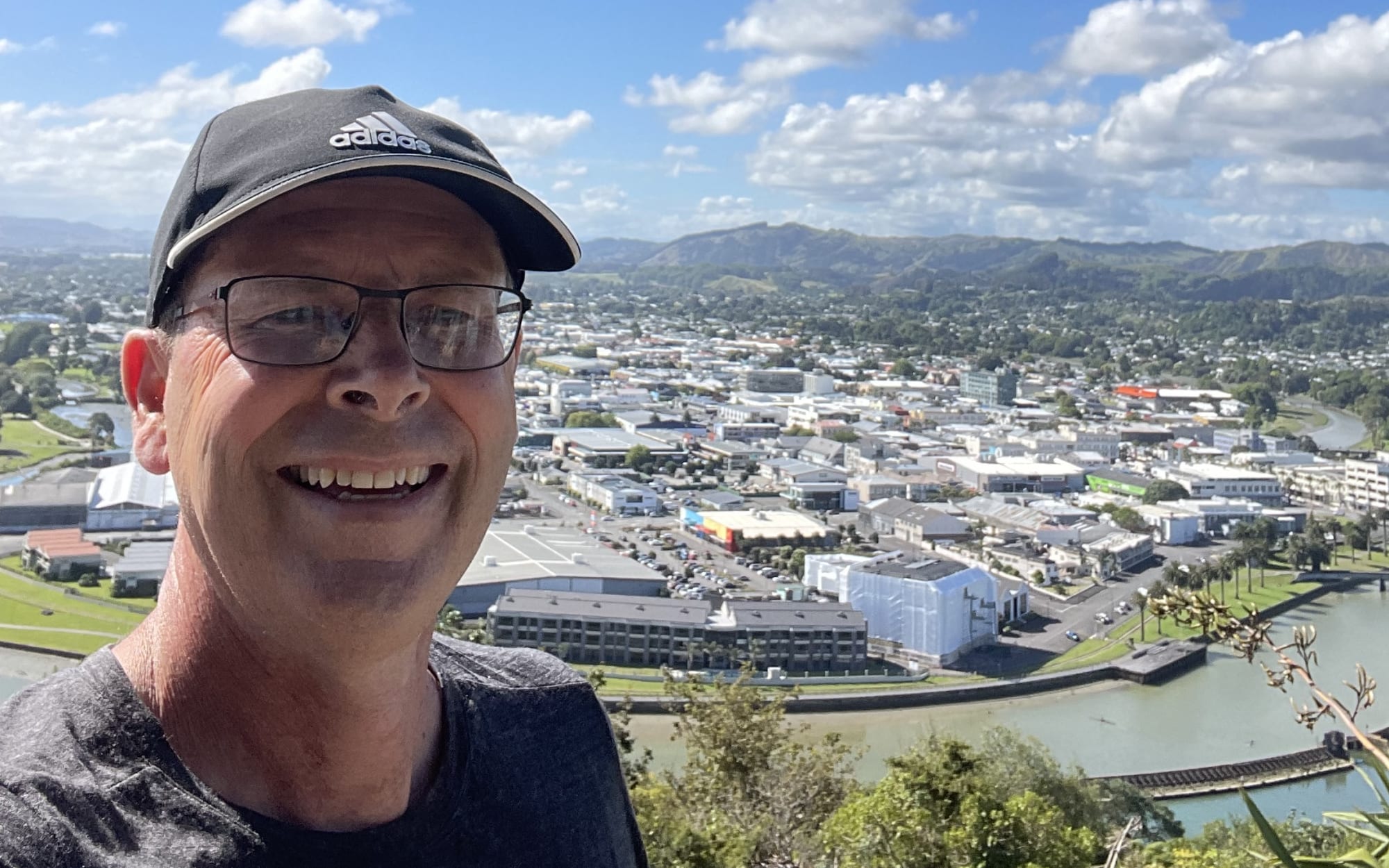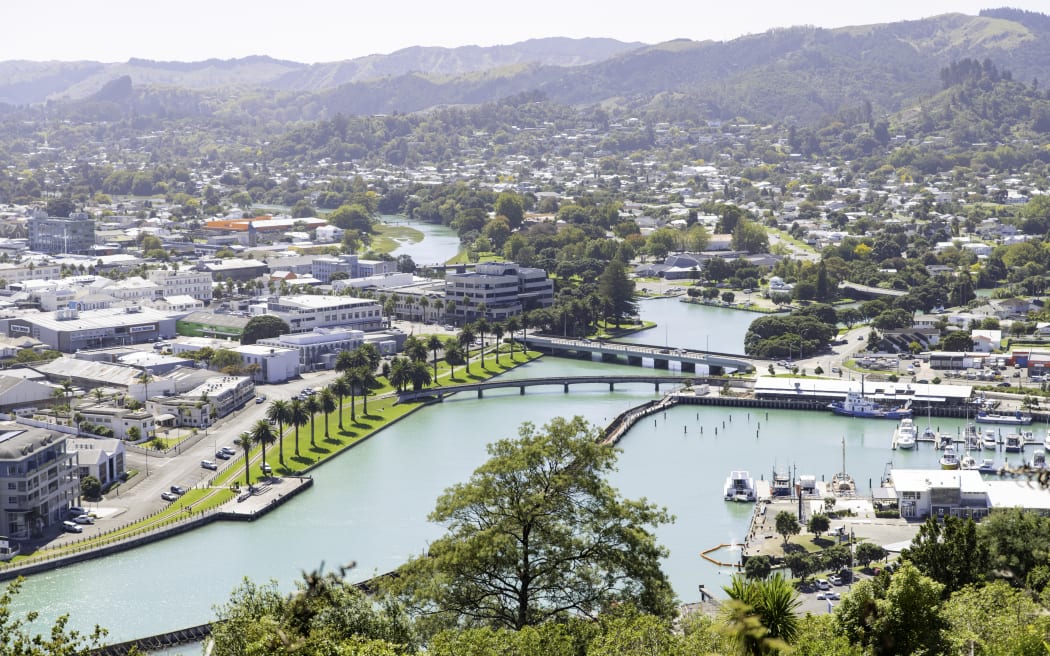I moved to Gisborne as a six-year-old in 1973, four years before my first flood.
It struck on June 20, 1977.
I was from cold and rainy Britain and hadn’t seen anything like this.
Sheets of rain enveloped the school playfields and battered the classroom’s windows.
I remember being driven home through rising waters. Everyone’s front lawn had disappeared.
Science agency Niwa defines hazardous rainfall in New Zealand as greater than 100mm in 24 hours.
That day 156mm fell.
Schools and businesses were closed, houses flooded, the sewage system failed and land slumped
The clean-up was enjoyable for a 10-year-old. We lived near a golf course, so the links became temporary lakes and we mucked around in the receding waters.
It was that kind of childhood; full of barefoot adventure in a small city, with gorgeous beaches, rich history and some of the most productive farmland in the world.

Paul Thompson's childhood in Gisborne was "full of barefoot adventure." Photo: Tairawhiti Gisborne
Extreme weather largely stayed in the background back then.
I knew about the massive flooding in 1948 and 1950 and the impact of the storm in 1968 that sank the Wahine.
But thoughts and fears of rain did not dominate.
Yes, every few years the region flooded. Between 1950 and 2007, the region was hit 14 times.
But the pattern was somewhat predictable, and few thought it would eventually get worse.
My next flood was in July, 1985. It was my first as a journalist for the local paper, The Gisborne Herald. I was sent to interview people whose street and houses had been swamped by the rising Taruheru River.
The river is tidal and muddy brown and usually slopes along barely troubling its reed-lined banks.
On this day it had surged through the flash houses near the river. I remember the smell of the sodden carpets and the despair of the residents.

The Taruheru River, Gisborne, during Cyclone Gabrielle, February 2023. Photo: RNZ / Angus Dreaver
Then, 200mm of rain had fallen in 24 hours, double Niwa’s threshold. It was the same story. Flooded homes, wrecked land, sewage flowing, and roads severed.
Floods have always been part of life in Tai Rāwhiti. Poverty Bay is bracketed by two huge river systems and the fertile flats are enriched by centuries of silt.
The region has a sunny and warm climate interspersed with savage rain.
It is a vulnerable place, accessible via thin ribbons of roads north and south threaded through rugged landscapes prone to erosion.
I left the region in 1987. The weather continued to bless and curse Tai Rāwhiti, that mix of sunshine, warmth and occasional disaster that I remember so well from my childhood.
I was away at university when Cyclone Bola stalled over the East Cape in 1988. An unbelievable 514mm of rain fell in 24 hours in one location and the damage to homes, infrastructure and land was massive.

Slash on beaches near Gisborne following Cyclone Hale. Photo: Uawa Live
Weather patterns have shifted since then.
That was evident throughout 2022 when frequent torrential rain caused constant problems, particular on the East Coast north of Gisborne.
In early 2023, cyclones Hale and Gabrielle arrived in quick succession.
Gabrielle in particular was devastating and recovery will take years. A staggering 488mm of rain was recorded at one weather station near Tokomaru Bay.
The build-up of forestry debris or slash on beaches, land and around bridges provided shocking images of the storms’ impact.
The rain kept coming last year with several states of emergency declared.
A La Niña weather pattern was to blame as well as climate change that intensifies extreme weather.

Paul Thompson in Gisborne, summer 2023. Photo: Paul Thompson
The challenges faced by weather-prone communities such as Gisborne are forcing New Zealand to wrestle with a question that goes to the heart of our national identity: what price are we willing to pay to keep our vulnerable regions connected and safe as climate upheaval worsens?
It is tempting to resort to a cliche and say that Tai Rāwhiti epitomises resilience.
But, as a colleague who lives in Gisborne has reminded me, the people there do not want to be labelled resilient.
They simply are doing what they’ve always done. Getting on with their lives despite the traumatic weather. Hating and, at times, fearing the floods while also revelling in the beaches, the surf, the relaxed way of life, the amazing produce, the history. Putting up with the damaged bridges and roads. Adapting their businesses, homes and work.
Keeping faith in their community – and a constant eye on the weather forecast.



